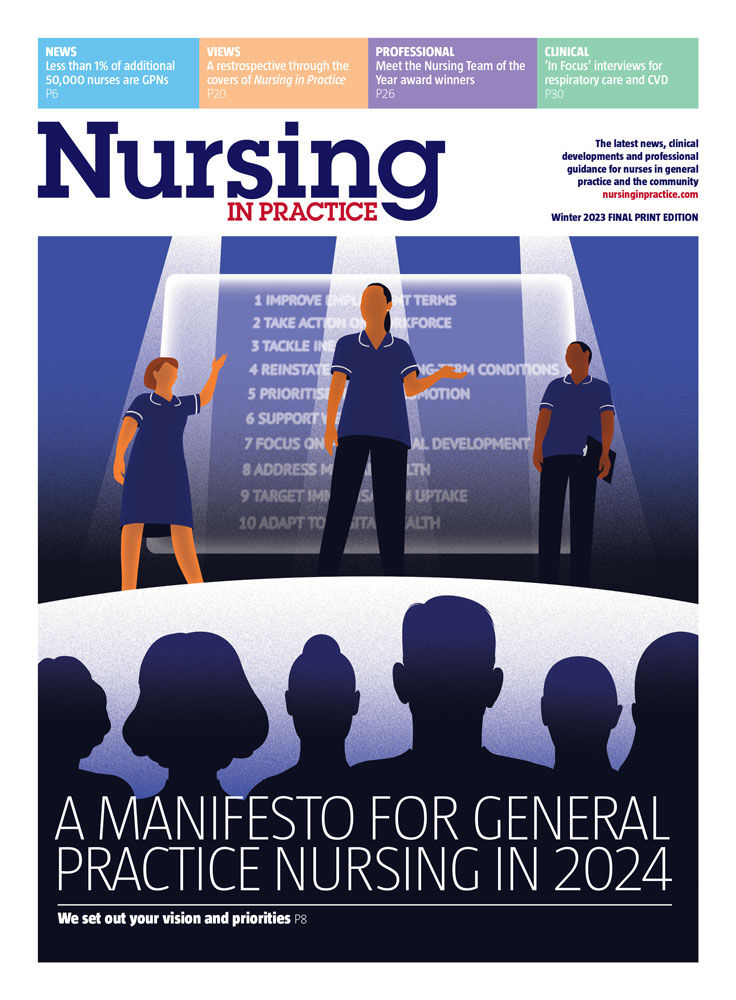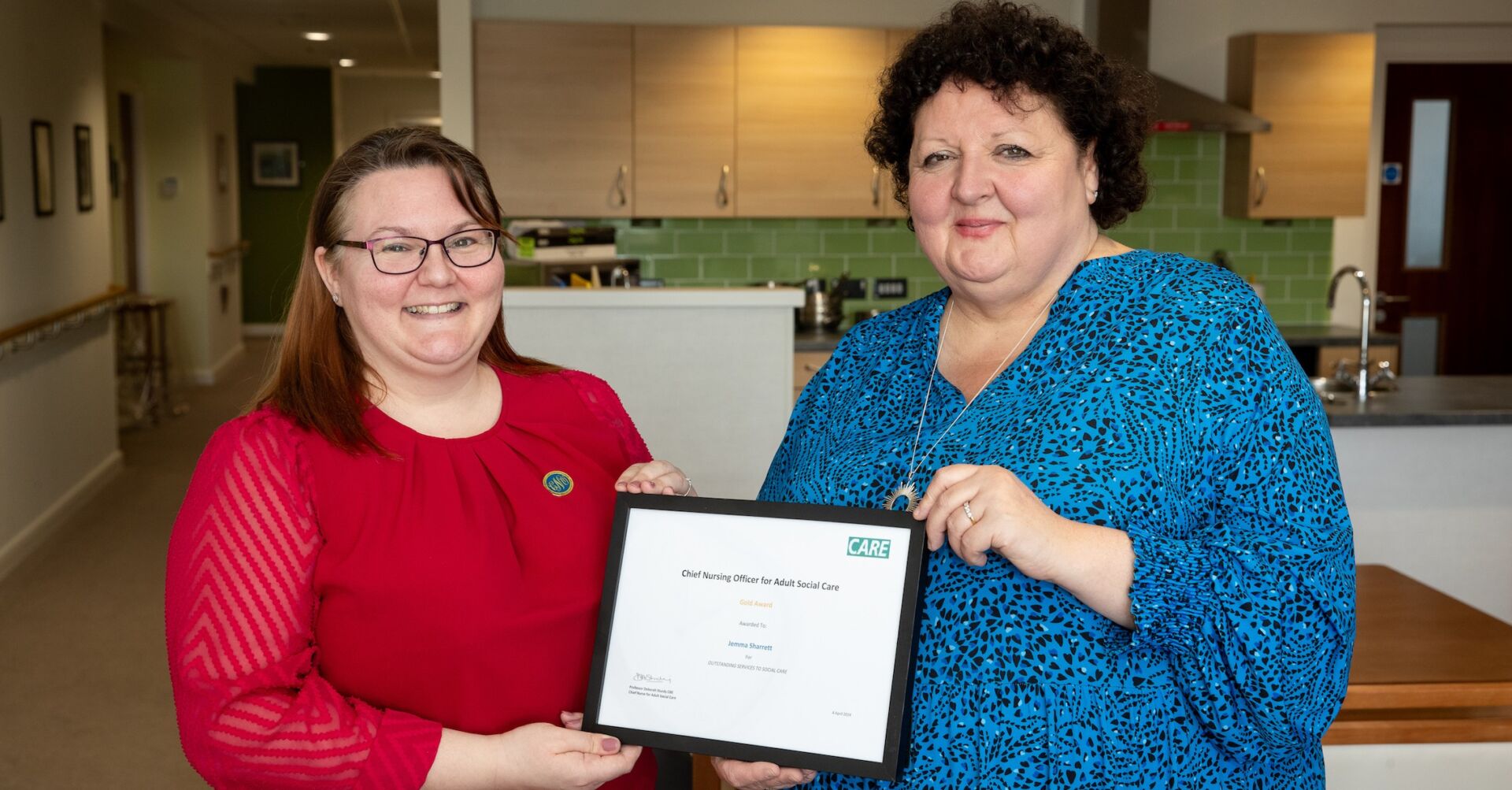GP practices and other healthcare settings should make greater use of team interventions to prevent burnout among the nursing workforce, according to new guidance.
The report from the Society of Occupational Medicine (SOM) said that a new approach was needed to tackle the particularly high rates of burnout experienced by healthcare workers, that can damage their mental and physical health.
It pointed to research showing that nurses were particularly vulnerable to experiencing burnout, with the 2022 NHS staff survey finding that 39.7% of nurses and midwives said they ‘often’ or ‘always’ felt burnt out from work, compared with an average of 34% across the workforce.
Report co-author, Professor Gail Kinman said that burnout was an ‘extremely serious matter that impacts workplaces across Britain’ and added that healthcare professions are ‘more likely than most’ to experience it.
A review of studies conducted by the report authors found that 51% of nurses sampled reported emotional exhaustion, while 32% reported depersonalisation and 30% a feeling of low personal accomplishment.
The report also highlighted a ‘culture of self-sacrifice’ which it said made nurses especially vulnerable to burnout.
Self-sacrifice can be seen as a sign of the ‘ideal nurse’, according to the report, and burnout is seen as an ‘inevitable consequence of caring’.
Nurses as an occupational group can see prioritising one’s own wellbeing as ‘self-indulgent’ and may need permission to do so, added the report.
Working while sick was also common among nurses who may not see stress, fatigue, and burnout as ‘legitimate’ reasons to take time off, it said.
The evidenced-based report recommended employers take a multi-level approach where strategies are implemented at organisational, individual and rehabilitation/ treatment level.
However, reviews of studies conducted in the healthcare sector have highlighted evidence for the effectiveness of organisational interventions compared with individual interventions.
Interventions at practice level include strategies to prevent burnout by, for example, identifying and minimising the organisational risk factors for burnout.
The report said that most initiatives that aim to reduce the risk of burnout focus on the individual, yet ‘the most effective way to reduce the risk of burnout is prevention’.
A key recommendation was also to make greater use of team-level interventions, starting with staff learning how to identity and monitor the signs of burnout.
The report said: ‘There is evidence that co-workers are adept in detecting early signs of burnout in others, so a group of trusted colleagues is well placed to monitor each other for symptoms.’
Peer mentoring had ‘particular promise in supporting the mental wellbeing of healthcare professionals’, said the report, as it allows staff to talk to others in a similar situation.
Peer support can take place in informal groups or in a more formal setting, such as the trauma risk management (TRiM) model, which is a psychological risk assessment and peer support framework originally developed and used in the UK armed forces.
The report also highlighted the need to see burnout as a developmental process in response to challenging working conditions, rather than a set of symptoms to be ‘treated’.
Employees should be involved in shaping the initiatives adopted by a workplace, it said.
In addition, authors also warned employers against ‘quick-fix’ solutions that are not evidence-based, such as some wellbeing apps.
‘Wellbeing apps for smartphones have become particularly popular,’ the report said. ‘While apps based on established models and strategies can be effective, many are ineffective or only provide minimal benefits.’
Professor Kinman said that it was ‘vitally urgent that we take action’ to tackle burnout in the health services.
‘There are compelling reasons for organisations to support the wellbeing of their employees,’ she added.
‘This report, which brings together a wealth of research and findings, recommends the real and practical steps that they can take in the fight against burnout to ensure healthcare staff remain healthy and motivated and that recruitment and retention are improved.’
A version of this article appeared in our sister publication Management in Practice







